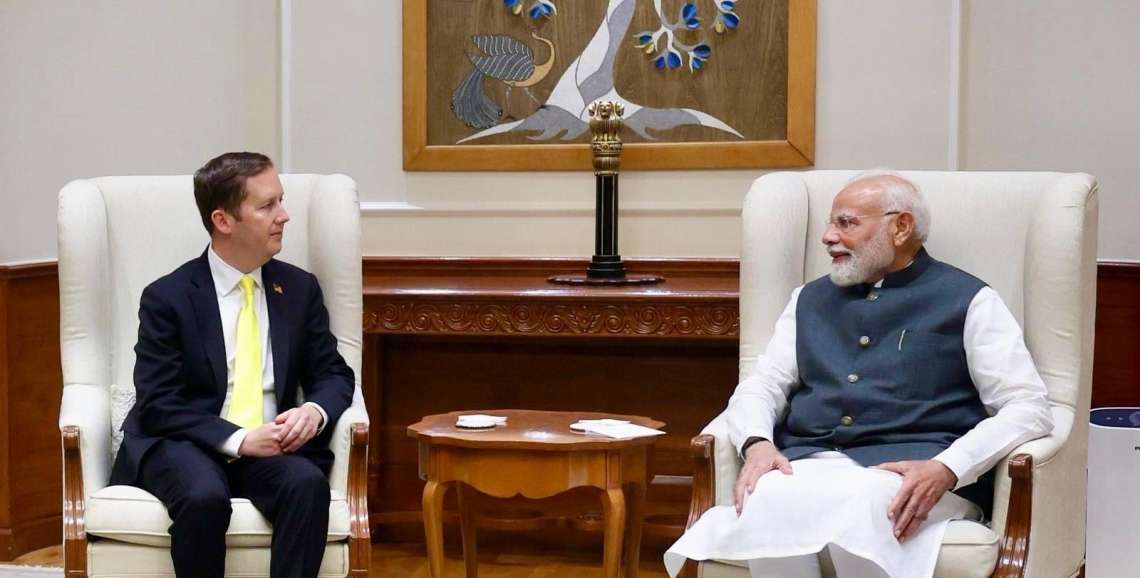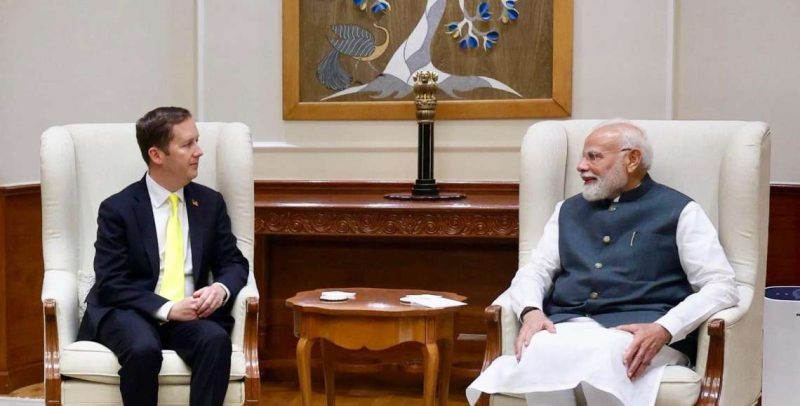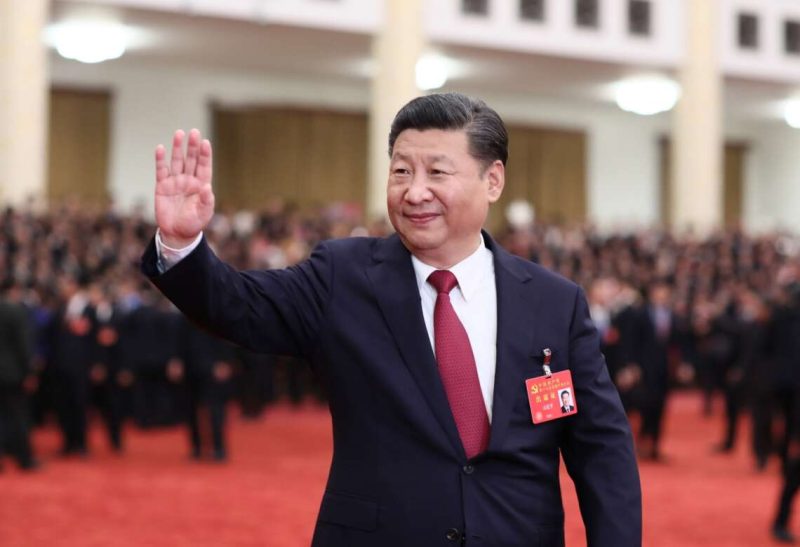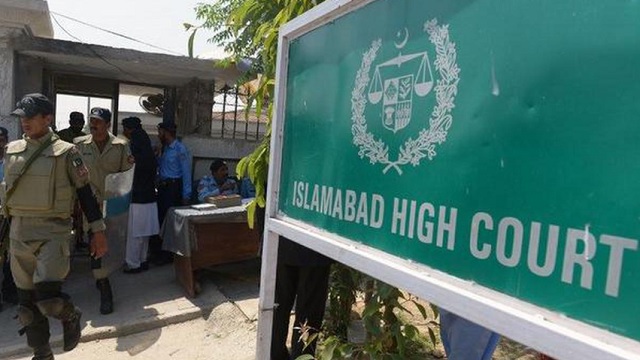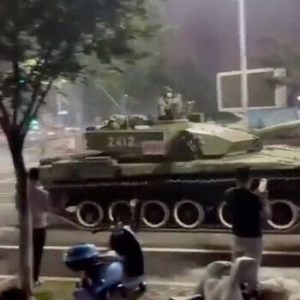The question now arises whether the US has the stomach for another foreign military action — one involving China again — that may require the deployment of thousands of troops after defeats in Vietnam and Afghanistan and a futile war in Iraq, a report by Arul Louis
A US Air Force general has warned of the likelihood of a war with China saying: “I hope I am wrong. My gut tells me will fight in 2025.”
Mike Minihan’s chilling memo spoke of a confluence of events for it — the US and Taiwan distracted by the 2004 presidential elections — giving China’s President Xi Jinping a chance to move on the long-coveted island nation.
Add to that, Russia’s ongoing invasion of Ukraine based on claims not too different from China’s on Taiwan, an outcome Beijing is closely watching.
Although the Pentagon disowned the prediction, Taiwan is the trigger point in the US-China strategic confrontation that runs through the Indo-Pacific region even though Taipei’s status is in limbo — Washington does not recognise it as an independent nation, having been committed to a “One China” policy, and publicly opposes it seeking independence.
Yet President Joe Biden has committed the US to defend Taiwan with its forces if there was what he called an “unprecedented attack”.
Last year, former House Speaker Nancy Pelosi led a Congressional delegation that included Indian-American Representative Raja Krishnamoorthi to Taiwan and China retaliated by holding military exercises surrounding the island and firing missiles demonstrating its invasion capability.
Another showdown is likely this year if Speaker Kevin McCarthy makes a similar trip.
The last time the US went head-to-head against China was in the Korean War of the 1950s when it deployed 6.8 million personnel, losing 54,200, in a confrontation that ended in a stalemate and the division of the peninsula into two nations.
The question now arises whether the US has the stomach for another foreign military action — one involving China again — that may require the deployment of thousands of troops after defeats in Vietnam and Afghanistan and a futile war in Iraq.

Washington does look at what could happen to its economy and defence in the eventuality of a China takeover of the island and it is one of the drivers behind the Biden $52 billion programme to promote domestic manufacture of semiconductor chips is that Taiwan produces about 65 per cent of them and over 90 per cent of the advanced types.
If there is a deterrence to an all-out war, it is the threat of mutually assured destruction or MAD, a concept in the context of nuclear weapons, but in the US-China case it applies to their economies with devastating consequences for their societies because of US debts of about $1 trillion held by China, which also depends on US markets.
Taiwan is but one piece in China’s arc of aggression that runs through the Indo-Pacific region and veers into the Himalayas for the border confrontation with India.
The US sees Beijing’s policy in the region as a step towards global domination.
A Biden administration document on Indo-Pacific strategy released last year said that China “is combining its economic, diplomatic, military, and technological might as it pursues a sphere of influence in the Indo-Pacific and seeks to become the world’s most influential power”.
In its quest to assert authority over the region, China is involved in maritime disputes with Japan, South Korea, the Philippines, Vietnam and Malaysia.
The US has made its position clear in these disputes saying it champions the right of free navigation and territorial integrity and sometimes — as recently as last November — sent its Navy ships through contested waters sparking protests from Beijing.
The US has defence agreements with Australia, South Korea, Japan, the Philippines and Thailand in the region, and Manila agreed this month to increase cooperation by providing access to more bases.

Tying them together into a military pact is a near impossibility for now. A 1950s security pact, the Southeast Asia Treaty Organisation (SEATO), which included Pakistan and Britain and France, foundered and self-destructed in the 1970s, and is unlikely to be resurrected with a new set of players.
The US has launched the Quad with three of the most powerful nations of the region, India, Japan and Australia, as a soft power enterprise to counter China’s push.
India is the weakest link in any attempt to transform this into a security arrangement because of its reluctance for practical reasons to annoy China and ideological reasons to keep its semblance of non-alignment and pursuit of a policy of strategic independence.
The US wants to get partners from outside the region also involved in its vision of security arrangements for the region that go beyond the military to put up a multi-faceted challenge to China.
Its Indo-Pacific strategy document said: “We will foster security ties between our allies and partners in the Indo-Pacific region and beyond, including by finding new opportunities to link our defence industrial bases, integrating our defence supply chains, and co-producing key technologies that will shore up our collective military advantages.”
Washington brought in Britain in 2021 to form with Australia the AUKUS security pact, which has as expected angered China.
The US wants to extend it further and its Indo-Pacific strategy document promised to “bring together our Indo-Pacific and European partners in novel ways, including through the AUKUS partnership”.
US and French defence officials held their 3rd Indo-Pacific Strategic Dialogue this month to discuss “the security environment in the Indo-Pacific, multilateral approaches to regional security challenges, and cooperation in the region”, according to the Pentagon.
China has a big advantage in the region because it is right there in the front and backyards of the countries in the area with a mighty military and as an economic power they are enmeshed with.
This puts limits on how far the ASEAN, for example, would go along in defending Taiwan or standing up to China on other matters.
In a counter-offensive, China has intensified overtures to smaller but highly strategic islands in the Indo-Pacific like the Solomon Islands, Kiribati, Samoa, Fiji, Tonga, Vanuatu, Papua New Guinea and Timor Leste.
Without any pretensions of promoting human rights or democracy, Beijing has been pursuing military or police relations with those countries that could give it ultimate control – and create choke points and launching pads for action.
A security agreement between the Solomon Islands allows Beijing to send troops and police to the country to maintain law and order as well as give Chinese ships rights to logistical facilities.
Beijing is pushing for similar deals with other Pacific islands and held meetings with senior police officials from some of them.
Propping up North Korea as a nuclear proxy is a more serious Chinese countermeasure, even if it may come to haunt Beijing.
Like Pakistan, which poses a nuclear threat to India without China having to hold it out directly, North Korea plays a similar role for Beijing against Washington developing missile capabilities to strike the US.
Ultimately though, it comes down to how much control China has over the unstable Kim Jong-un regime having built it up over generations.
The danger for China — and the world — is Pyongyang defying Beijing as it appeared to do when former President Donald Trump made overtures to Kim, but going off in a different direction.



